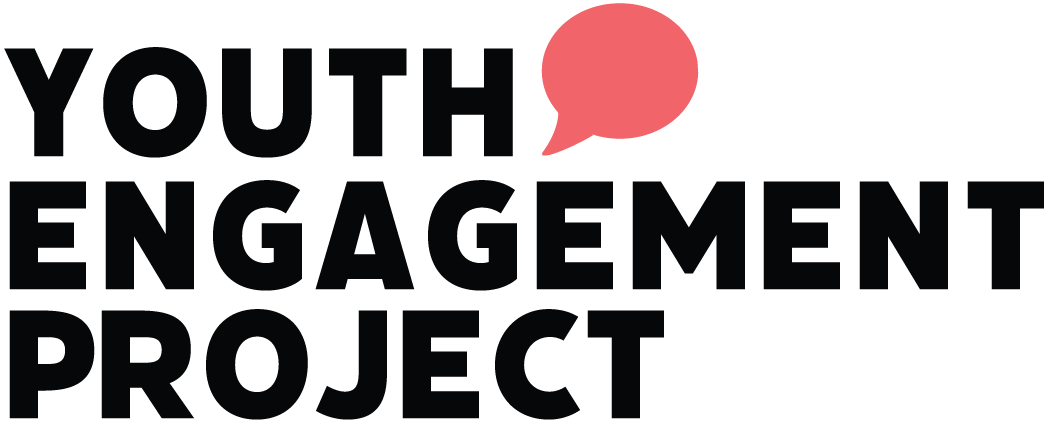Children Won’t Learn If They Don’t Feel Liked
It can be so tempting to push through content in our classrooms and programs - especially when we so often don’t have a choice. The curriculum is full. Time is short. Expectations are high.
But the fact is…
Brains won’t learn if they don’t feel safe. And children won’t learn if they don’t feel liked.
This isn’t a feel-good philosophy. It’s evidence-based neuroscience. The brain is wired to prioritise relational safety first, learning second. If a child feels rejected, misunderstood, or emotionally unsafe - even subtly - the part of the brain responsible for absorbing and processing information goes offline.
Learning can’t happen when the brain senses threat…
And we know - how many real threats actually exist in our learning spaces? Very few.
However, our brains are wired to respond to perceived threat as if it were real threat.
When the brain senses threat - whether it’s emotional (I don’t feel included), relational (I think this teacher doesn’t like me), or social (I don’t belong here) - it activates the limbic system, which is designed to protect, not to learn.
Dr. Bruce Perry reminds us that “a dysregulated child cannot learn.”
Karen Young explains that “brains prioritise relational safety then learning.”
Studies in social neuroscience show that feeling safe, seen, and liked increases activation in the brain’s prefrontal cortex - the part responsible for thinking, reflection, memory, and decision-making.
Simply put: no relationship = no regulation = no real learning.
So, what does “feeling liked” actually mean?
This doesn’t mean students need us to be their best friend.
It means they need to feel:
Seen: You notice when they’re off. You know their name. You get their quirks.
Safe: Your classroom or program isn’t just structured - it’s emotionally safe.
Valued: They know they matter, even on the hard days.
Welcomed: They feel invited into the space - not like a problem to manage.
Feeling liked is code for “I matter here.” And when young people feel like they matter, their brains open up to possibility.
Small moments create big change.
The good news is, this kind of safety isn’t built in giant, grand gestures. It’s built in the quiet, repeated ones:
Greeting them by name
Remembering something they said last week
Checking in when they’re flat
Noticing effort over outcome
Responding to behaviour with curiosity, not control
Letting them be seen in all their weirdness, humour, or quiet
When we consistently show up with care, students start to believe they’re worth showing up for too.
But what about the content (we hear you thinking?)…
You might be thinking, “This is lovely - but I have outcomes to hit.”
We hear you.
It’s not always easy. But the truth is: relationships aren’t a detour from the curriculum. They’re the road. When we take the time to co-regulate, build trust, and create emotional safety, students actually learn faster, retain more, and take more risks with their thinking.
In other words: slowing down on connection helps us speed up when it counts.
Before students can take in what we teach, they need to trust who we are.
And that trust starts with being the kind of adult who notices them, values them, and actually likes them - not just when they’re achieving, but when they’re still figuring it out.
Because when young people feel liked, they feel safe.
And when they feel safe, learning has room to grow.
Relational trust is EVERYTHING.
If you’d like to more about building safety, trust and relation in your learning environments, explore our trainings here.


